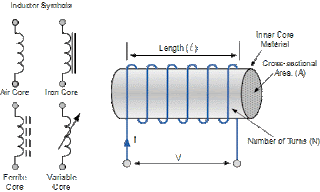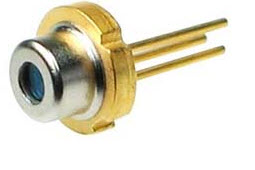Information about Electronics ;
In this blog
I will fully describe about integrated circuits and its types which are
commonly used.
Integrated Circuits & Chips;
An
integrated circuit or monolithic integrated circuit is a set of electronic
circuits on one small flat piece of semiconductor material, normally silicon.
Commonly used integrated circuits;
Thousands of
different types of integrated circuits (ICs) are available for electronic
devices. Most of these were designed for very specific applications. However,
many integrated circuits have been designed for general-purpose use and so are
used in a wide variety of circuits.
As its name
implies, the 555 is a timer circuit. The timing interval is controlled by an
external resistor/capacitor (RC) network. In other words, by carefully choosing
the values for the resistors and capacitors, you can vary the timing duration.
The 555 can
be configured in several different ways. In one configuration (called mono stable),
it works like an egg timer: You set it, and then it goes off after a certain
period of time has elapsed. In a different configuration (called a stable), it
works like a metronome, triggering pulses at regular intervals.
Besides the
basic 555 chip, which comes in an 8-pin DIP package, you can also get a 556
dual timer, which contains two independent 555 timers in a single 14-pin DIP
package. Because many common circuits call for two 555 timers working together,
the 556 package is very popular.
Circuit diagram;
741 AND LM324 OP-AMPS;
An op-amp is
a special type of amplifier circuit that has many applications throughout
electronics. Although there are many different types of op-amp circuits, the
741 and LM324 are the most common.
The 741 is a
single op-amp circuit in an eight-pin DIP package. It was first introduced in
1968 and is still one of the most widely used integrated circuits ever made.
The 741 is one of those ICs that require both positive and negative voltage.
The LM324
was introduced in 1972. It consists of four separate op-amp circuits in a
single 14-pin DIP package. Unlike the 741, the LM324 doesn’t require separate
negative and positive voltage supplies.
Circuit diagram;
78XX VOLTAGE REGULATORS;
The 78xx is
a family of simple voltage regulator integrated circuits. A voltage regulator is
a circuit that accepts an input voltage that can vary within a certain range
and produces an output voltage that is a constant value, regardless of
fluctuations in the input voltage.
The xx in
78xx represents the actual voltage regulated by the chip. For example, a 7805
produces a 5 V output. The input voltage must be at least a couple of volts
over the output voltage, and can be as high as 35 V.
Circuit diagram;
74XX LOGIC FAMILY
One of the primary uses for integrated circuits
is for digital electronics, and the 74xx is one of the oldest and still most
widely used families of digital integrated circuits. The 74xx family includes a
wide variety of chips that provide basic building blocks for digital circuits.
You won’t find complete microprocessors in the 74xx family. But you will find
circuits such as logic gates, flip-flops, counters, buffers, and
others.





















































